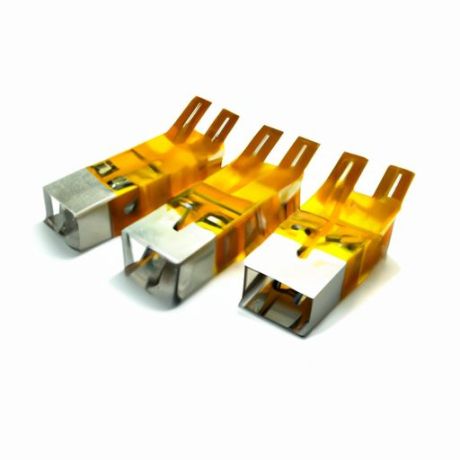Table of Contents
The Importance of Circuit Protection in Electronics
Circuit protection is a critical aspect of electronics design, ensuring the Safety and reliability of electronic devices. Fuses and fuse Holders play a key role in protecting circuits from overcurrent and short circuits, preventing damage to components and potential hazards such as fires. In this article, we will explore the importance of circuit protection in electronics and the role of fuses and fuse holders in safeguarding electronic circuits.
Fuses are essential components in electronic circuits, designed to interrupt the flow of current when it exceeds a certain threshold. This helps to protect sensitive components from damage caused by excessive current, such as overheating or short circuits. Fuses are typically made of a metal wire or strip that melts when the current exceeds a specified value, breaking the circuit and preventing further damage.
Fuse holders are devices used to hold and secure fuses in place within a circuit. They provide a convenient and reliable way to install and replace fuses when necessary. Fuse holders come in various types and configurations, including panel mount, PCB mount, and in-line holders, to accommodate different circuit designs and applications.

One common application of fuses and fuse holders is in Telecommunications equipment, where they are used to protect sensitive electronic components from power surges and overcurrent conditions. In a telecommunications system, the failure of a single component can disrupt the entire network, leading to downtime and potential financial losses. Fuses and fuse holders provide a simple yet effective way to prevent such failures and ensure the continuous operation of the system.
In the context of telecommunications, fuses and fuse holders play a crucial role in protecting critical components such as microcontrollers (MCUs) from damage. MCUs are the brains of electronic devices, controlling their operation and processing data. A power surge or short circuit can easily damage an MCU, leading to system failure and data loss. By using fuses and fuse holders to protect the MCU from overcurrent conditions, telecommunications equipment manufacturers can ensure the reliability and longevity of their products.
When selecting fuses and fuse holders for telecommunications applications, it is essential to consider factors such as the operating voltage, current rating, and response time of the fuse. The fuse must be able to handle the maximum current that the circuit can draw without tripping prematurely, while also providing fast-acting protection in the event of a fault. Fuse holders should be durable and secure, ensuring that the fuse remains in place under all operating conditions.
In conclusion, circuit protection is a critical aspect of electronics design, ensuring the safety and reliability of electronic devices. Fuses and fuse holders are essential components in protecting circuits from overcurrent and short circuits, preventing damage to components and potential hazards. In telecommunications applications, fuses and fuse holders play a crucial role in safeguarding critical components such as MCUs from damage, ensuring the continuous operation of the system. By selecting the right fuses and fuse holders for their applications, electronics designers can ensure the longevity and reliability of their products.

